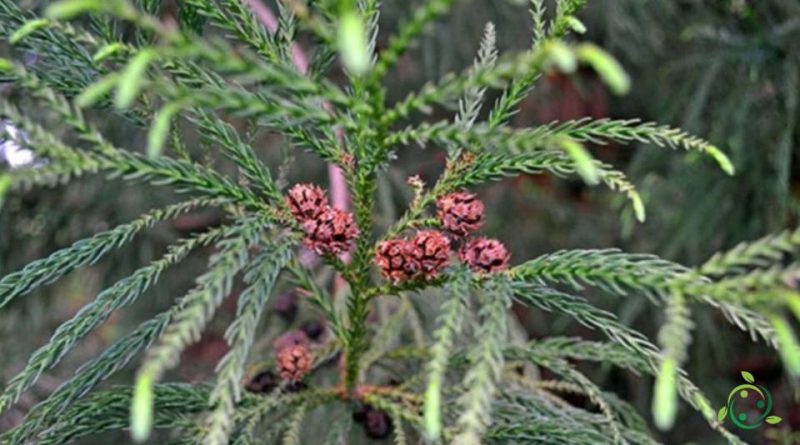Japanese Cedar reproduction
Japanese Cedar reproduction
Japanese Cedar (Cryptomeria japonica (Thunb. Ex L.f.) D. Don, 1841) is a plant of the Cupressaceae native to south-eastern China and imported in ancient times to Japan (islands of Kyushu and Honshu), where it reaches 40 meters in height.
The plant was introduced in Europe in the second half of the nineteenth century; it has been widely used as an ornamental plant in parks and gardens.
Suitable breeding habitat –
Cryptomeria japonica is a plant native to southeastern China and present since ancient times in Japan.
Its habitat is that of the mountains and hills in the areas of greatest rainfall in the south and north of Japan and China in forest areas on deep and well-drained soils subject to hot and humid conditions, between 1100 and 2500 meters above sea level.
Propagation –
Japanese Cedar is a plant that prefers hilly and mountain areas and prefers humid temperate climate and fertile and deep soils.
The multiplication takes place easily both with spring sowing and by agamic way at the end of summer by cutting, 4-5 year old subjects with about 4000-4500 plants / ha are used for transplanting.
The seed germinates best if subjected to a short cold stratification for 2 – 3 weeks at 4 ° C and then placed in a warm position.
Germination usually occurs within 3 – 9 weeks at 15 ° C.
When the seedlings have reached a size to be handled, they should be placed in individual pots and grown in a greenhouse at least for their first winter. Transplanting to their permanent position should be done in late spring or early summer, after the last expected frosts. An alternative is to plant young trees in an outdoor nursery when they are about 8cm tall and grow them for a couple of years before planting them in their permanent locations in late fall or early spring.
A fast-growing tree, especially on deep, well-drained soils in mountainous areas with hot and humid climates, but intolerant to poor soils and cold, dry climates.
Ecology –
Japanese Cedar has been cultivated in China since ancient times.
Genetic analysis of the most famous Chinese population, on Tianmu Mountain, containing trees estimated to be nearly 1000 years old, supports the hypothesis that the population originates from an introduction.
However, the famous Japanese botanist and expert in plant ecology Akira Miyawaki has shown since the 1970s that this plant, like others (cypress and larch pine) which until then were believed to have originated in Japan, had in fact been progressively introduced into Japan for many centuries by the foresters to produce lumber.
Outside its native area, Japanese Cedar was also introduced in Europe, in the Azores in the mid-19th century for the production of wood and in other countries.
It grows in forests on deep, well-drained soils subject to warm and humid conditions at altitudes of less than 1100 m to 2500 m (Fu et al. 1999).

